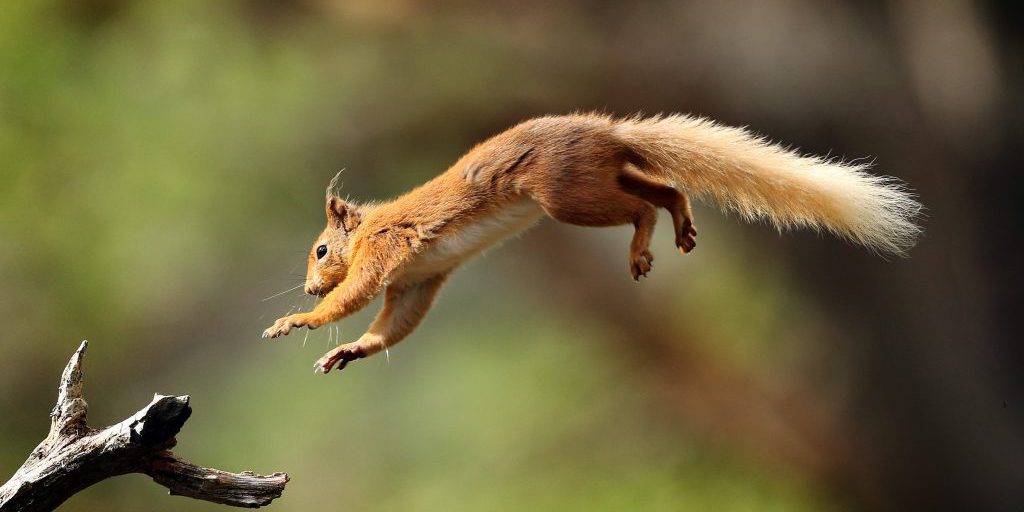RESEARCH TRIANGLE PARK, N.C. — Understanding the split-second decisions squirrels make as they jump from tree branch to tree branch will help scientists develop more agile robots.
With funding from the U.S. Army, researchers at the University of California, Berkeley studied how squirrels decide whether or not to take a leap and how they assess their biomechanical abilities to know whether they can land safely.
Understanding how squirrels learn the limits of their agility could help scientists design autonomous robots that can nimbly move through varied landscapes to help with military missions, such as traveling through the rubble of a collapsed building to aid in search and rescue or to quickly access an environmental threat.


